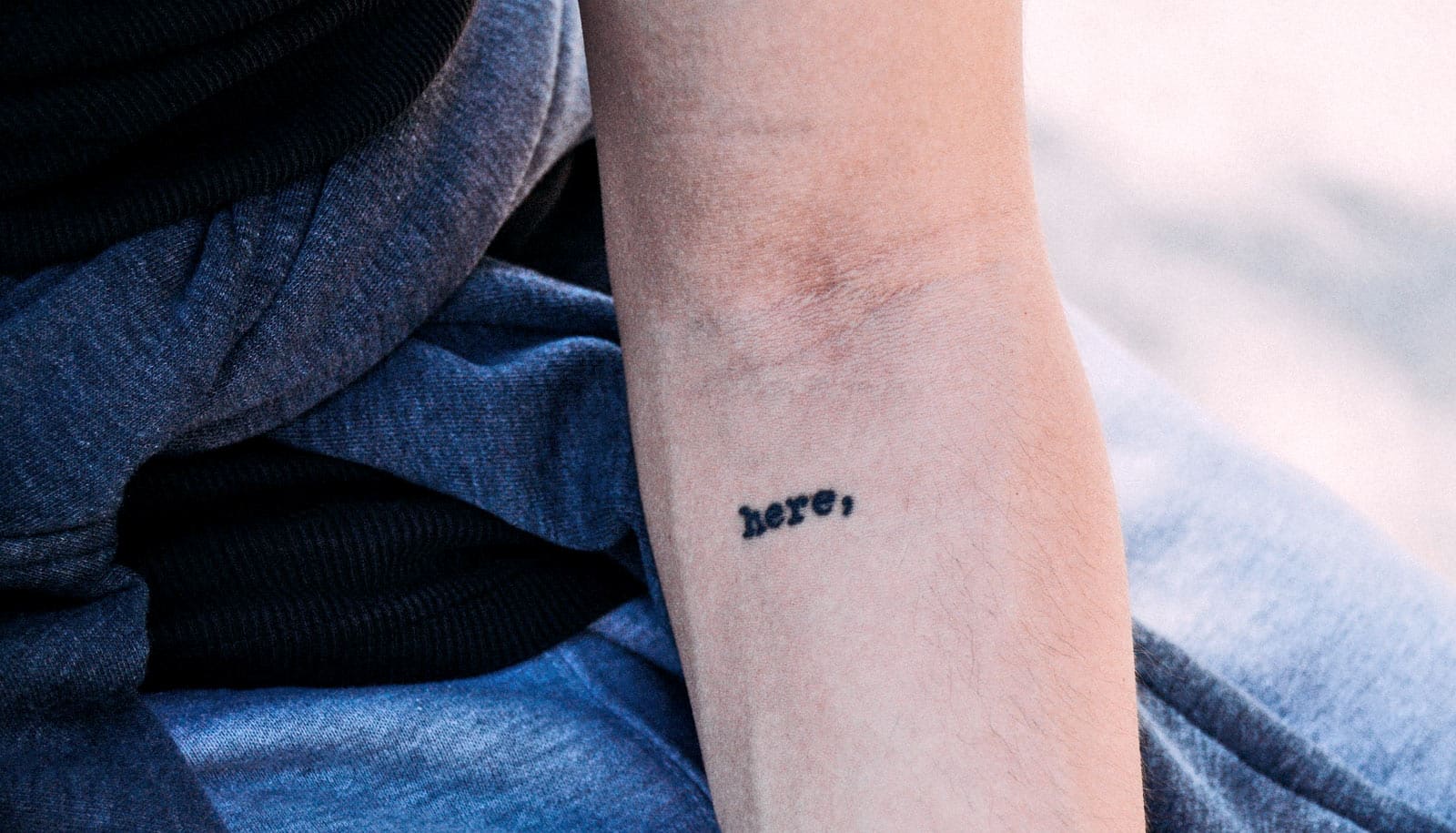Forearm arteries are more effective in coronary bypass surgery than the commonly used leg vein, a new study shows.
In around 95 percent of bypass operations globally, surgeons still use veins from the legs, in combination with one of the chest wall arteries. And that’s despite the fact that half of veins used in heart bypasses become completely blocked within 10 years of surgery.
Arms and hands can easily cope without the radial artery, researchers say, because the parallel “ulnar” forearm artery can cope on its own.
The new findings, which appear in the Journal of the American College of Cardiology, show that for 86 patients who had their radial arteries harvested between 12 and 22 years ago, blood flow to the arm and hand was unaffected, whether at rest and or during exercise.
“What was interesting and exciting was how the ulnar artery adapts to be able to compensate for the removal of the radial artery,” says Megan O’Donnell, a research student who conducted the study with Alistair Royse, a professor at the University of Melbourne.
Royse has also published research showing that people with artery-only bypasses have better survival rates.
This includes an analysis of 51,113 heart bypass patients from Australia and New Zealand that appears in the European Journal of Cardio-Thoracic Surgery and a separate study of 880 Royal Melbourne patients going back to 1996 published in the JACC.
Royse says he is surprised the medical profession internationally has yet to embrace artery-only bypasses. He believes this is partly due to reasonable caution about any new medical procedures, but also to a lack of experience in harvesting the radial artery.
“Change isn’t just about following the scientific evidence,” he says. “There are human factors at work that are sometimes just as important or more so. But maybe now we are approaching a seismic shift where the evidence is just so substantial that people will start changing.”
Source: University of Melbourne

